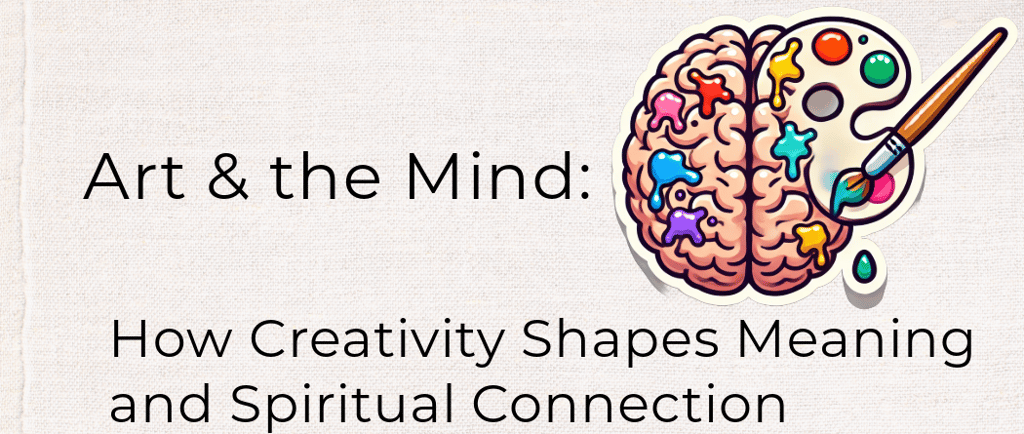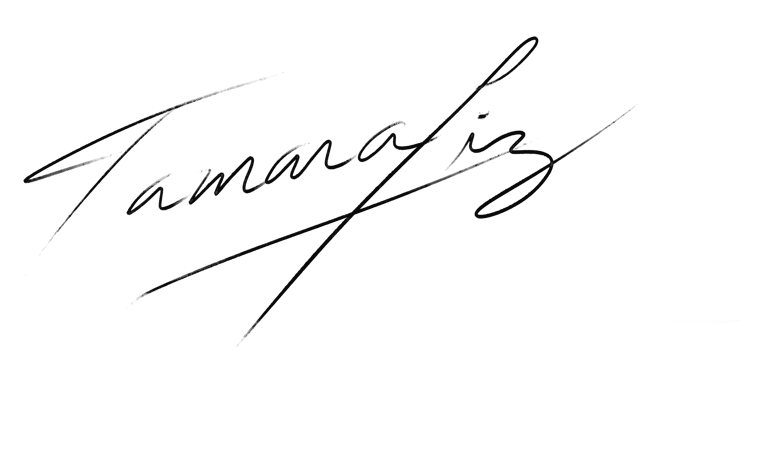Art & the Mind: How Creativity Shapes Meaning and Spiritual Connection
Discover how the arts shape belief, perception, and spiritual connection. Explore how creativity rewires the brain, deepens meaning, and fosters positive transformation.
SPIRITUALITYWELLNESS
Tamara Liz
2/16/20253 min read


The Arts as a Catalyst for Belief Formation: How Creativity Shapes Perception, Meaning, and Spiritual Connection
Introduction
Belief is not just a religious or philosophical construct—it is a fundamental brain function, shaping how we perceive the world, create meaning, and navigate our lives. Recent research in cognitive neuroscience suggests that believing is an essential process that results in probabilistic representations—internal models that help us assign meaning and value to experiences (Seitz, Paloutzian, & Angel, 2016). This framework of belief formation extends beyond traditional faith; it encompasses the narratives, symbols, and rituals we encounter daily, including the arts.
Art, in its many forms, plays a pivotal role in belief formation, acting as a medium through which we encode, reinforce, and even transform our worldviews. From religious iconography to secular storytelling, artistic expression influences our perception, behavior, and spiritual awareness. Through the lens of credition theory—the study of belief as a cognitive function—we can explore how the arts serve as a bridge between perception and deeper conviction, reinforcing or reshaping our sense of reality.
The Neuroscience of Believing: How Art Shapes Meaning
Neuroscientists have begun identifying the cerebral networks responsible for belief formation, showing that our brains operate on pattern recognition, probabilistic coding, and valuation. In essence, we don’t just passively observe the world; we actively construct meaning based on prior experiences, cultural conditioning, and sensory input.
Art as a Stimulus for Belief Formation: According to Seitz et al. (2016), belief formation begins with a sensory stimulus and concludes with a probabilistic representation—a deeply personal understanding of reality. Works of art, whether paintings, music, dance, or film, provide novel sensory stimuli that challenge, reinforce, or reshape our existing beliefs.
Pattern Recognition and Gestalt Processing: The brain interprets images, sounds, and symbols through Gestalt principles, meaning we naturally seek coherence and order in what we perceive. This is why abstract art, sacred geometry, and religious iconography can have such a profound impact; they engage our innate ability to recognize patterns and assign meaning to them.
Emotional and Cognitive Engagement: Art evokes emotional resonance, which strengthens belief formation. A painting, a melody, or a powerful story imprints meaning onto our neural pathways, reinforcing our connection to the themes it represents.
Art as a Portal for Spiritual Experience
Throughout history, art has been used as a sacred tool to connect individuals with the divine. Whether through stained glass windows in cathedrals, Buddhist mandalas, indigenous ceremonial dances, or Sufi poetry, artistic expression facilitates ritualized belief formation, shaping how individuals and communities experience the spiritual.
🔹 Narratives & Rituals in Belief Systems
According to the research, belief formation operates on narratives and rituals, both of which are intrinsic to the creative process (Seitz et al., 2016). When we engage in art, we are not just creating—we are participating in a ritual of self-exploration, transcendence, and meaning-making. This is why pilgrimages to sacred sites, temple architecture, and ancient storytelling traditions are integral to spiritual belief systems.
🔹 The Role of Aesthetic Experience in Mysticism
Many mystical experiences throughout history have been described as encounters with overwhelming beauty, light, or harmony—states that are also induced by aesthetic appreciation. Engaging with a powerful piece of art triggers the same cerebral networks involved in meditation, prayer, and spiritual enlightenment. This suggests that artistic experiences can serve as portals to divine communion, allowing individuals to feel connected to something greater than themselves.
🔹 Personal and Cultural Meaning-Making
Art also shapes personal and collective beliefs by reinforcing cultural identity, shared myths, and symbolic representation. From ancient cave paintings to modern street murals, societies have used art to solidify their worldview, commemorate their struggles, and celebrate their values.
Enhancing Belief Through Artistic Practice: A Practical Approach
If belief formation is a fundamental brain process, and the arts are a catalyst for belief, then engaging in creative practices can consciously shape our perception, mental well-being, and even our spiritual experiences.
💡 Practical Exercise: Engaging with Art to Strengthen Positive Belief Systems
Step 1: Choose an artistic medium that resonates with you—painting, photography, music, writing, or dance.
Step 2: Create with intention—ask yourself, What do I believe? What meaning do I want to reinforce or explore?
Step 3: Reflect on the experience—write about how the creative process shaped your thoughts and emotions.
Step 4: Share your creation with others—activating mirror neurons through shared storytelling, reinforcing the belief system collectively.
This process mirrors ritualized belief formation, strengthening our ability to cultivate personal meaning, resilience, and connection to the divine through art.
Conclusion: Art as a Conscious Tool for Meaning-Making
Belief formation is not just a product of religion or philosophy—it is a fundamental cognitive function that shapes how we navigate the world. Neuroscience reveals that art plays a crucial role in this process, acting as a bridge between perception, intuition, and conviction.
By engaging in artistic creation, we are not only expressing ourselves—we are actively participating in the construction of meaning, reinforcing our beliefs, and even elevating our consciousness toward the divine.
Art is not just decoration—it is a sacred language through which we shape reality.
References
Seitz, R. J., Paloutzian, R. F., & Angel, H.-F. (2016). Processes of believing: Where do they come from? What are they good for? PMC5200943.
Call to Action for Your Readers
👉 What artwork has shaped your beliefs? Share your experience on social media and tag @tamaraliz.art
🎨 Want to explore belief through art? Join my workshops or a private session on tamaraliz.com
Explore the world of Tamara Liz.
Contact
becreative@tamaraliz.com
915-258-9049
© 2025. All rights reserved.
